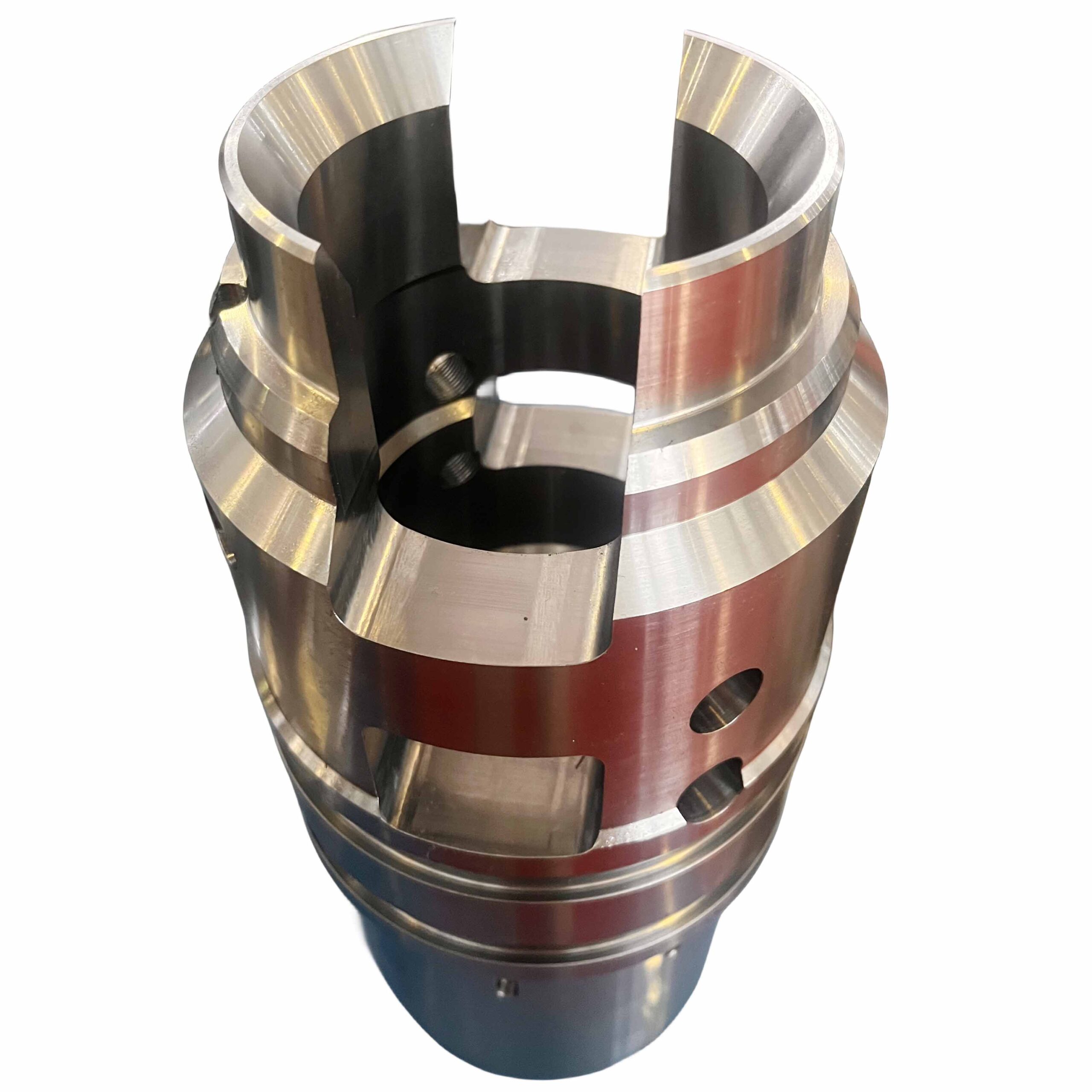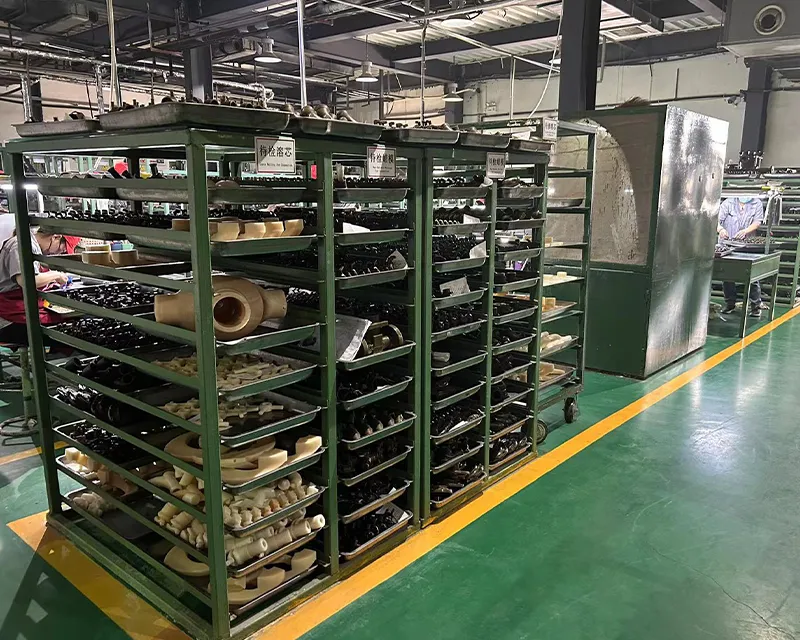Injection molding is most common for creating plastic parts. But manufacturers use injection molding services for metal parts as well. It is cost-efficient for large-scale projects, even with high precision. Although it is ideal for projects that require small parts, metal injection molding, or MIM, can be used for parts of any size.
How It Works
Unlike die casting, metal injection molding uses a feed of polymer-metal mix, where the melted plastic allows the material to flow when heated. The material is also pressurized during this process. The machine injects the liquid material into the mold. The material cools and takes the form of the mold to make the part.
After molding, the parts are in a “green state,” meaning that they are in the right shape but are very fragile. A post-sintering process completely ablates the plastic, leaving only fused metal behind. During this furnace process, typically done in a vacuum furnace, the part shrinks a considerable amount.
MIM Materials
Metal injection molding can be used with metals common to other manufacturing processes. However, the process requires those metals to be powdered and blended with the polymer for injection. In this way, parts can be quickly shaped and produced in large production batches.
Use Cases and Industries
Metal injection molding resembles plastic injection molding processes for creating parts. But the high-pressure nature of injection molding adds key benefits. It is effective for parts with small, complex details. This would be too costly for standard CNC machining processes at scale. That’s why metal injection molding is ideal for the medical, aerospace, automotive, and defense industries.
Injection molding tooling can be used longer than die casting and other metal manufacturing methods, allowing higher counts of parts before replacement or maintenance. MIM typically outcompete die casting on smaller parts in serial production or where finer part detail is required. This makes it suitable for repetitive processes at scale. It provides manufacturers greater flexibility in terms of strength and unique characteristics as well.




